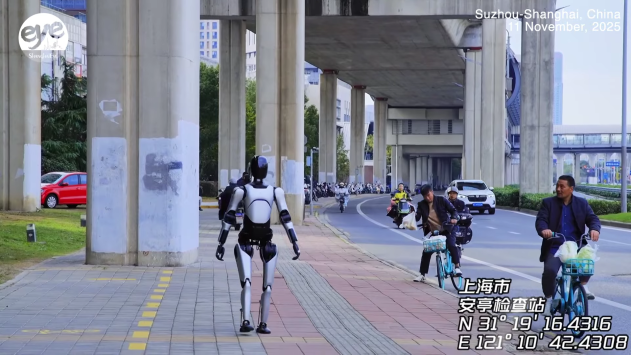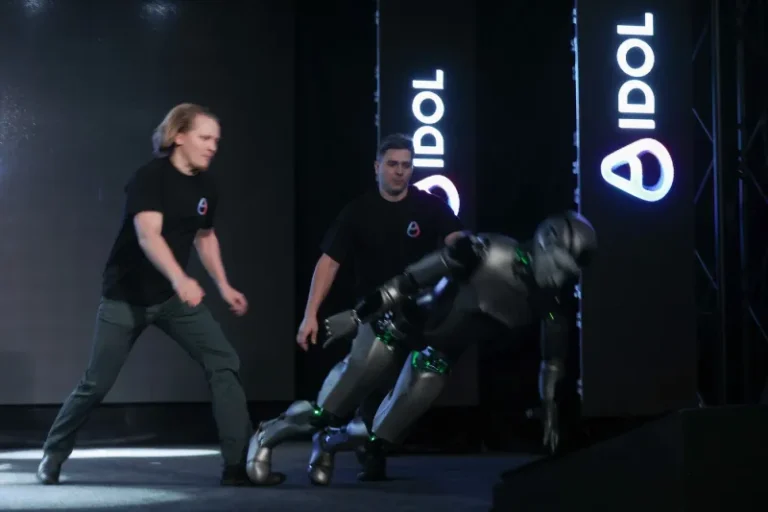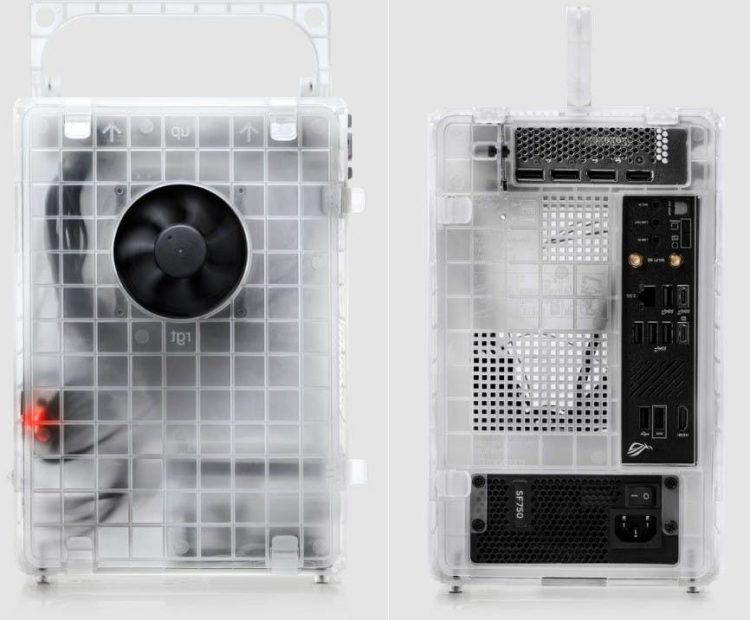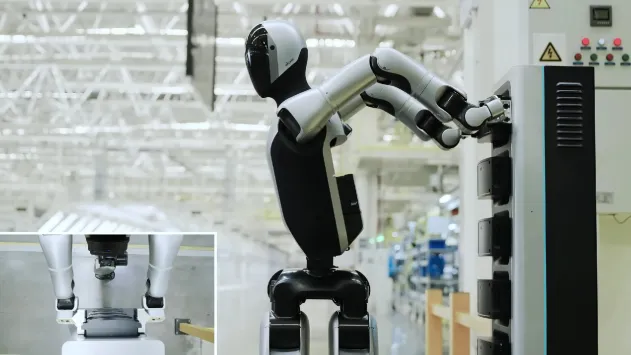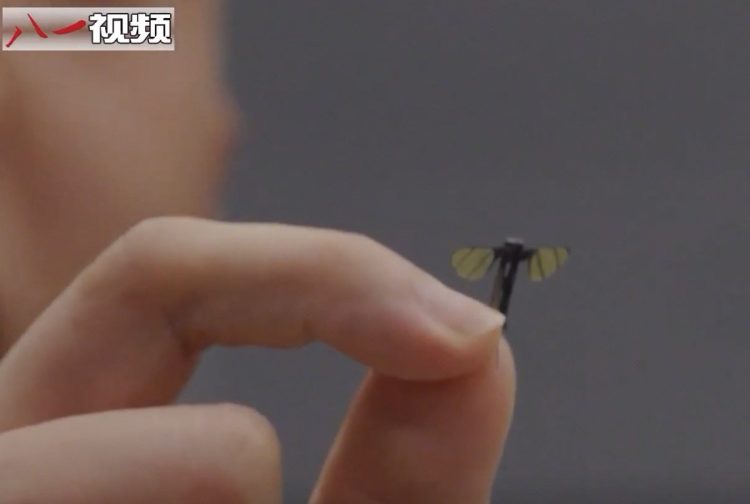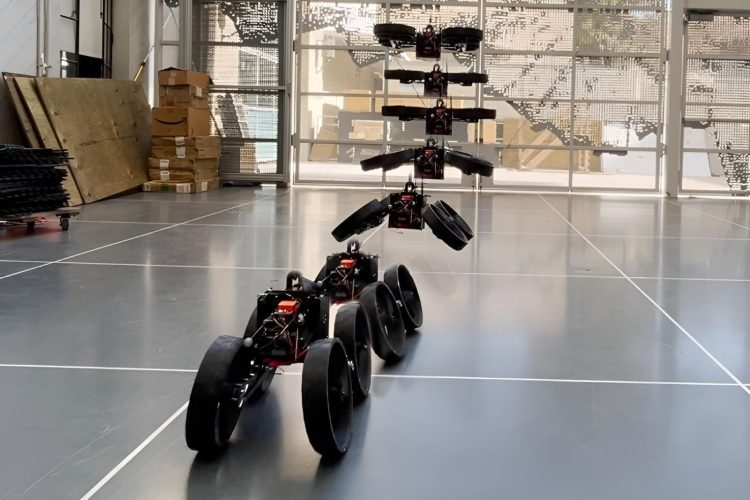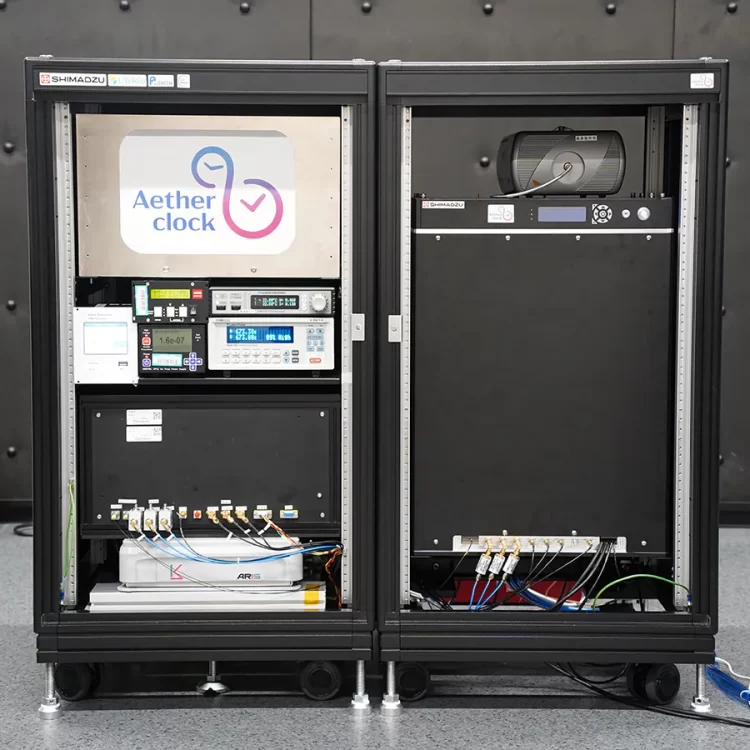Cheap, eco-friendly machines, made from discarded bicycle parts and powered by pedalling, are all the rage in rural Guatemala. They’re called ‘bicimaquinas’, and they are used for various purposes in the community – right from simple food processing to making shampoos and soaps.
The unique device is the brainchild of ‘Maya Pedal’, a locally-run non-profit in the rural town of San Adrés Itzapa. Founded in 1997 as a collaboration between Canadian organisation ‘Pedal’ and local mechanic Carlos Marroquín, the organisation is credited with the invention of several devices that make use of spare parts from bikes and harness the power of human energy.
Each bicimaquina (bike-machine) is handcrafted at the Maya Pedal workshop, using a combination of old bikes, concrete, wood, and metal. Their designs are 100 percent original, and are both functional and economical. Priced at about $40 apiece, the machines come in several variations for different purposes.
Photo: YouTube caption
The bicycle mill, for instance, is adapted to fit a hand powered grinding mill or a corn thresher, but is operated by pedaling. This bicimaquina has the capacity to mill 3 lbs. per minute of any type of grain, most commonly yellow maize, soybeans and coffee.
The bicycle blender, on the other hand, looks like a stationary bike with a blender attached above the front tire. But instead of an electric motor to spin the blade, it uses a rotor attached to the wheel. The faster you pedal, the faster the blade spins – it is capable of speeds of up to 6,400 RPM.
Photo: Maya Peda/Facebook
Other devices include a bicycle rope water pump, a mobile water pump, a bicycle nut sheller, coffee depulper, washing machines, generators, and water pumps. Most of the machines were built to meet the needs of communities of indigenous women, helping to take the load off labor-intensive tasks. Thanks to the machines, they are able to bring more products to the market, hence putting more food on the table.
“Each bicimaquina has its own distinct design. Its heart is the pedal, but each uses its own tools and propels itself differently,” explained Maya Pedal director Mario Juarez, in a documentary by Makeshift Magazine. “The designs come from experience, from making, failing, breaking, and doing it all again.”
Photo: Maya Peda/Facebook
Bicimaquinas are highly useful in Guatemalan villages where there are no paved roads, underground pipes or electricity lines. “It was necessary to find a path and an alternative that would meet the needs of the locals and we researched and invested all that we could to do so,” Marroquín explained.
“At the start, Maya Pedal’s biggest challenge was getting people to accept the bicimaquina a tool,’ Juarez explained. “The communities rejected us. They said, ‘Hey, bring us something electric or something with more powerful with a diesel motor.’ We said no, here’s a tool with the appropriate technology. Technology that’s adapted to your needs.”
Photo: Maya Peda/Facebook
“This first hurdle was really hard for us,” Juarez added. But slowly, as people began to see the various benefits that the machines offered, the began to get interested. Now, the machines are selling quite well in the community.
“We have people coming in all the time to ask about the blenders,” said Maya Pedal coordinator Johanna Mesa Montuba. “They are one of the most popular machines. Women buy these machines to start a business. They can take them out to the soccer game, or set them up in the plaza, and sell fresh juice anywhere.”
“One of our nut shelling machines is used by a women’s cooperative that makes peanut butter near Sololá,” Montuba said. “Shelling the peanuts used to be the most labor intensive part of the process. Now they just load them up in the machine and it takes a quarter of the time.”
The best part about Maya Pedal machines is that they are cheap, easy to maintain, and eco-friendly because they do not consume power and produce no waste. If people aren’t able to pay the full amount up front, they can purchase the machine in installments. If they do happen to break down, spare parts are readily available.
Over 4,500 Maya Pedal machines are now in use in San Andrés Itzapa and surrounding communities. While the staff at the shop solely consists of Marroquín and his 16-year-old son, Carlos Jr., they constantly welcome international volunteers, mainly from Europe. Several of their ideas have been implemented by other indigenous communities in South America, North America and even Africa.
Sources: The Ecologist, Maya Pedal






